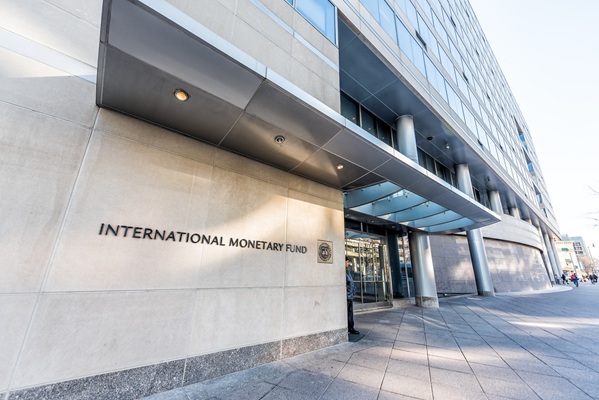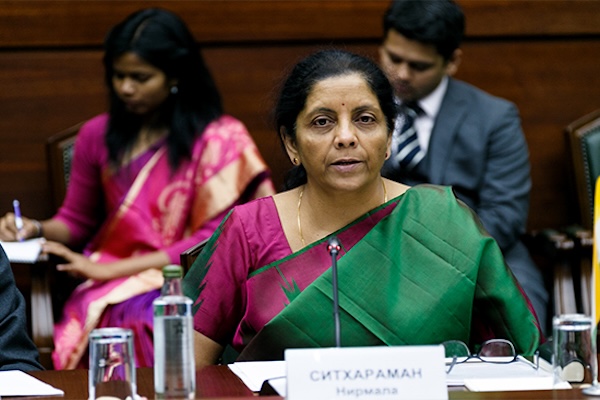.png)
March 2, 2025 at 6:41 AM IST
In recent years, India's equity futures and optionsmarket has become a high-stakes casino, with small investors often footing the bill for highly leveraged speculation. The existing regulatory framework, while well-intentioned, is not enough of a deterrent and is not effective in protecting vulnerable participants.
The Securities and Exchange Board of India has proposed, in a consultation paper, a significant overhaul to how an open interest position is calculated. At the proposal's core are two key changes: tweaking the Market Wide Position Limit (MWPL) formula and introducing delta-based calculations for open interest.
To understand the significance of the proposed move, let us know the current system. Currently, a stock is banned from the F&O list when its open interest hits 95% of the MWPL – a limit set by stock exchanges to cap the total open contracts for that stock.
The MWPL is currently calculated as the lower of these two:
- 30 times the average number of shares traded daily in the cash market during the previous month.
- 20% of the company's “free float” – the shares available for public trading, excluding promoter holdings.
The problem with this approach is that it can be easily gamed. Big players can build up large positions in thinly traded, out-of-the-money options to inflate the open interest artificially and trigger an F&O ban. This can lead to sudden price swings and forced liquidations, hurting retail investors who lack the resources to monitor these technical triggers constantly.
So, what is SEBI proposing as a solution?
First, they're adjusting the MWPL formula to be the lower of:
- 60 times the average daily delivery value of shares traded in the cash market.
- 15% of the company's free float.
The shift is from trading volume to delivery value. This is crucial because it ties the derivatives market more closely to the activity in the underlying cash market.
More importantly, SEBI wants to introduce delta-based calculations for open interest. Delta measures how much an option's price is expected to move for every one-rupee change in the underlying stock price. Calls have deltas ranging from 0 to 1, and Puts have deltas ranging from -1 to 0. By calculating OI based on the delta-adjusted exposure of each option, SEBI gets a far more accurate picture of the true risk in the market.
Essentially, instead of just counting the number of contracts, the weight of each contract will be measured based on its sensitivity to price changes. This prevents traders from using cheap, out-of-the-money options to manipulate the system.
Now, big whale traders and critics will cry foul.
They will argue that these changes will reduce market liquidity and stifle trading opportunities. There is no denying that stricter regulations could lead to a temporary dip in liquidity. However, the long-term benefits of a more stable, transparent, and less manipulative market far outweigh these concerns.
A robust market will attract more genuine investors, fostering sustainable growth and reducing the risk of spectacular meltdowns. Moreover, these changes lower the risk of forced liquidation that small investors face when derivatives of a company are banned.
To ensure a smooth transition, SEBI, stock exchanges and market participants must work together. Clear communication and investor education are paramount. Derivative traders need to understand how these changes affect their trading strategies and risk management.
SEBI's proposed changes is a decisive step towards creating a more equitable derivatives market that protects smaller participants, ensures genuine price discovery, and safeguards the integrity of financial markets. The potential benefits of investing in derivatives may evaporate into a disaster if safety measures are not in place. It is necessary that necessary bells and whistles are in place to manage, monitor, and mitigate those risks, and this move by SEBI is a step in that direction.




